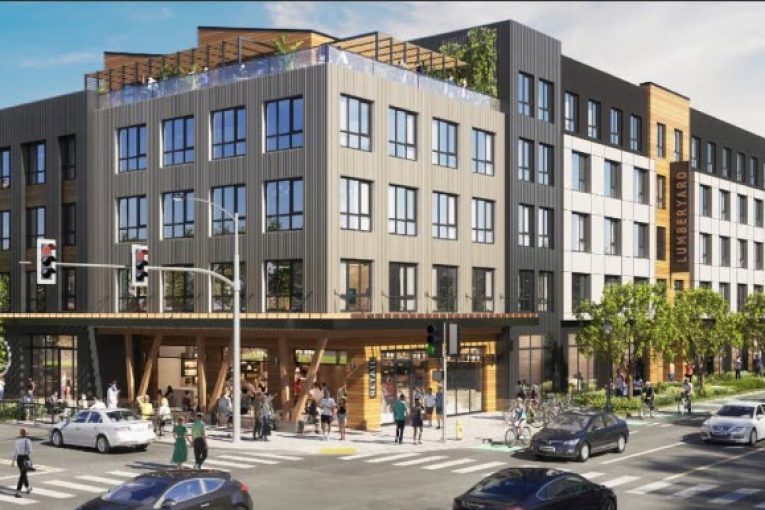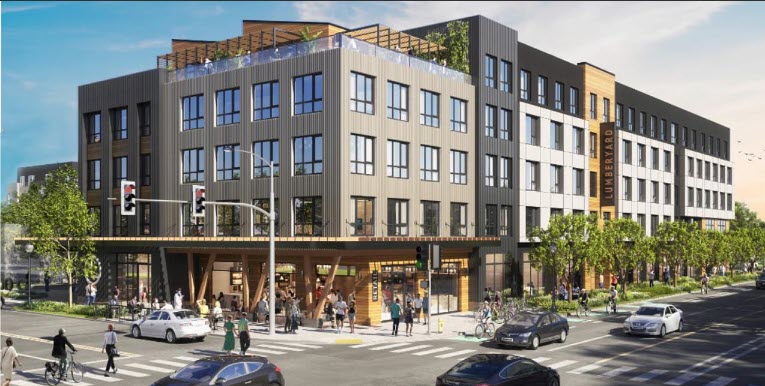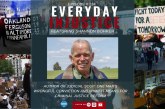

Submitted for consideration by the Sierra Club Yolano Group
(The following was submitted to the city by the Sierra Club Yolano Group. The city also sent the Vanguard their response from Sherri Metzker, Community Development Director)
Recently, several housing projects have been proposed for downtown Davis: one at the site of the former Hibbert Lumberyard at the intersection of G Street and 5th Street (“The Lumberyard”), one at the site of the former Regal Cinemas Davis Stadium 5 at the intersection of G Street and 4th Street, and one at 240 G Street.
We write to express our strong support of these sorts of infill projects, projects that would increase housing density in Davis, allowing for more efficient use of land and creating the potential for reduced-carbon lifestyles. However, we have concerns about the details of the projects and urge that they be addressed prior  to approval:
to approval:
- Increase affordable housing. Davis’s greatest housing need is for affordable housing, yet only the 4th and G Street project provides for a reasonable percentage of affordable housing (20%, in accordance with the “Builder’s Remedy” that they are applying under). The other two projects are only proposing 5% affordable housing, which does very little to address Davis’s affordable housing needs. Equity demands that a higher percentage of affordable housing – at least 20% – be included in all future downtown housing projects. 5% is totally unacceptable. If Proposition 1 funds become available, the minimum required percentage should be increased to 25%.
- Increase feasibility of a car-free lifestyle for all potential residents. Two out of the three projects (the Lumberyard and 240 G Street) provide for very little parking. We commend the attempt to foster a car-free lifestyle that could be possible in the downtown, especially if increased numbers of residents are able to attract more retail businesses. However, the units should be feasible for all, and car-free lifestyles can be difficult for those with mobility challenges, including but not limited to some elderly seniors. Thus, the housing projects need to facilitate other ways of getting around by including, for example, an area for taxis/Uber/Lyft/DoorDash/etc. to pick up and drop off. Projects should provide a minimum percentage of parking spaces for people who have Disabled Person (DP) placards. Putting funds toward improving public transportation in the downtown (including microtransit) – or having dedicated vans are other options that we strongly recommend; developers should work with the City and UCD on this, with subsidized passes provided for people with low incomes.We understand that some members of the community think that there should be parking minimum requirements for downtown housing projects. However, to create a walkable, active transit oriented lifestyle (which many younger people in particular have been asking for), we need fewer, not more, cars downtown. This is the best way to achieve our climate goals. We have suggested a variety of ways to try to make it easier for everyone to live downtown, but other solutions may be possible and feasible; the City should consult with relevant experts, such as disability access professionals.
- Support use of vehicles other than cars. Car-free lifestyles can be facilitated with bicycles, e-bikes and e-scooters. To that end, projects should be required to set aside a sufficient number of covered spaces for these vehicles relative to number of bedrooms and units. Moreover, San Francisco’s recent experience (https://www.sfchronicle.com/sf/article/bike-scooter-battery-fire-17869505.php) has shown that some of the batteries for e-bikes and e-scooters can be fire hazards. Davis should look to NYC’s ordinances (they are ahead of other municipalities) as a way to mitigate the risk of fire when e-bikes and e-scooters are brought indoors. To further facilitate the use of these vehicles, charging stations should be provided.
- Ensure a high quality of life for residents. Living in a dense environment can be physically and psychologically challenging if it is not done correctly. This can be ameliorated by providing greenspace, rooftop gardens, etc. The City of Davis should work with developers to identify community garden space and/or spaces where residents of these housing developments can grow food or plants (e.g., on balconies or window boxes). Again, this is an equity issue.
Require planting and maintenance of trees and landscaping. One of the goals of the Davis Climate Action and Adaptation Plan is to “…create a cooler city with more urban forest and green space for people and habitat.” To help further that goal, developers should fund the planting and maintenance of trees in internal plazas and along public sidewalks, using best practices for producing a street canopy developed in concert with Tree Davis and the Davis Tree Commission.
Response from Sherri Metzker, Director of Community Development
Thank you for taking the time to send us your thoughts on the downtown Davis housing projects. While your email has been received by the City Council members, I want to take this opportunity to respond to your comments.
- As you have correctly noted, both the Lumberyard project and the project at 240 G have a 5% affordability requirement. Both of these projects applied for approval when our housing element was not certified and our new inclusionary ordinance had not gone into effect and were therefore afforded the ability to lock in the previous affordability rate of 5%. Our new inclusionary housing ordinance, which complies with State Law, limits the affordable housing cap to 15%. The City of Davis cannot require more than 15% as we are unable to demonstrate that it is financially feasible to construct a project with more than 15% affordable units included. The project at 4th and G, which proposed 20% affordable units under a different provision of the law, is not moving forward as it has been withdrawn.
- As you know, parking is not required in the downtown Davis specific plan area. The Lumberyard project has no associated parking while the 240 G project has some underground parking. Both projects are providing a space for a shared car and pick up space for a ride share car. Disabled parking is not required if no parking is required. Therefore, the 240 G project will have some ADA accessible parking.
- Both of the referenced projects have provided large, indoor bike storage rooms within their projects. Charging stations will also be provided.
- Both of the referenced projects have planned for large recreational spaces. 240 G has space planned on the roof of the building. The Lumberyard includes more traditional space planned for the interior courtyard areas of the project.
- Both projects are being conditioned to plant and maintain landscaping in accordance with city standards.





